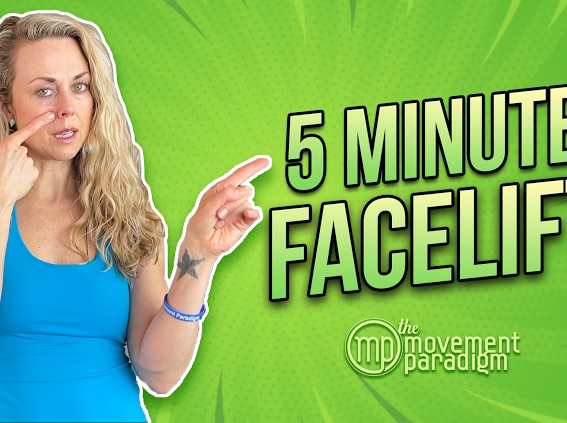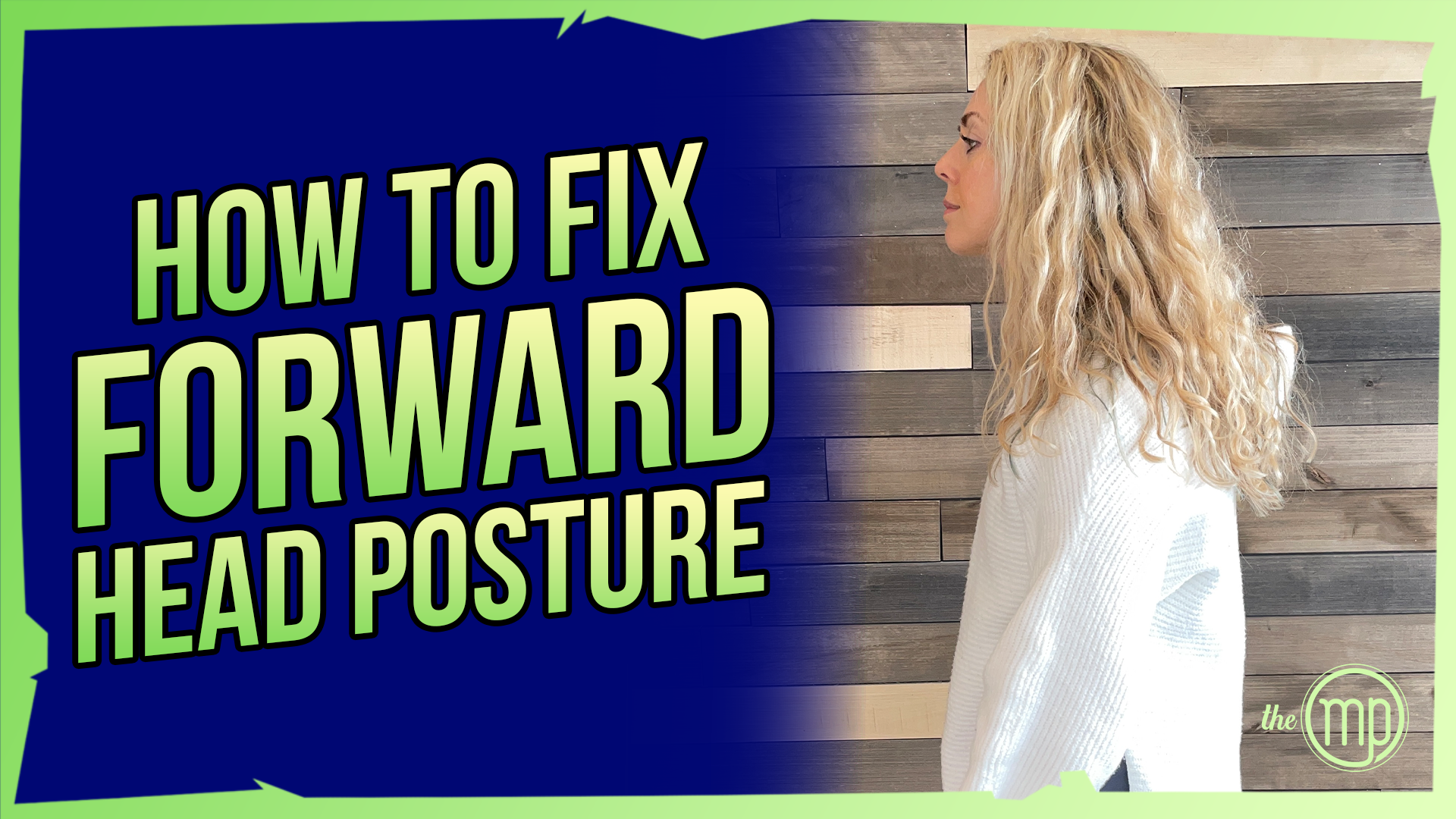Did you know that you can do a five-minute facelift that will make you feel completely refreshed, revitalized, and also bring you to a state of social engagement by stimulating the cranial nerves and the relaxation response? Do you ever feel like your face just feels like it needs a little bit of a lift, but you don’t want to do anything cosmetic? Well, this is exactly where you want to start. This can make a huge difference, and it’s recommended to perform this on one side of your face before the other side, so you can see the noticeable difference.
Rather watch or listen than read?
Six Benefits of the 5-Minute Facelift
- Ignite the Relaxation Response
You will stimulate the cranial nerves that share the same nuclei with the vagus nerve. This will ignite the relaxation response.
2. Improve Your Face Circulation
You will improve the circulation of your face. Essentially, you are enhancing blood flow, and you are also moving the lymph.
3. Put Life Back into the Middle 1/3 of your Face
It’s going to put life back into the middle one-third of your face. Essentially, you can notice a shift in your eyes, in between the eyes, the forehead, as well as the mouth.
4. Brings Youthful Quality to your Face
It brings this youthful quality to your face allowing your expressions to come a little bit more naturally especially with smiling. That makes you a little more responsive with your interactions with others.
5. Makes Your Cheekbone Prominent and Softer
It makes flat cheekbones a little bit more prominent and higher cheekbones a little bit softer.
6. Brings You to a State of Social Engagement
Because it is creating this relaxation response, and you are stimulating the cranial nerves that attribute to facial expression, this will bring you to a state of social engagement which means that you’re more connected, more mindful, and grounded. This allows you to interact with the world better, and it allows you to be more associated with yourself and the greater world.
- Start on one side of your face. Come right outside of the nose and assess the tissue. Move it up and move it down, see which way it is not moving as well. Hold very lightly just on this outer surface of the skin so this doesn’t move. Just gently hold it again very softly to start and hold it until you feel a release— until you feel like the tissue just starts to soften and it becomes a little bit more elastic. That could be 30 seconds up to two minutes.
- Now move in towards the midline and then away. Figure out where there’s more resistance. Push into that resistance until you feel like you start to release.
- Now with a circle, go in one direction and the other direction. Still, just a moderate pressure where that velcro feel is. This time, hold this until you sigh, swallow, or yawn—and that is a sign of the relaxation of the nervous system.
- Lastly, one more time, go in a little deeper. Move through both layers in a circular motion until where you can almost feel the bone underneath. Find the resistance. Hold until you sigh, swallow, or yawn.
- Now move right inside the eyebrow and begin with assessing the tissue up and down. Remember, light pressure here. Then, move side to side, and then sink in a little deeper. Figure out what that feels like for you.
- The next step is to do your circle, find the resistance, and hold until you sigh, swallow, or yawn.
- Now, go a little deeper, feeling the tissue, making your circle, finding the resistance, and then once again hold until you sigh, swallow, or yawn.
- Take a moment to check-in. Look at your one half of the face, maybe take a picture, look at the mirror, so that you can see the difference.
- Repeat on the other side.
This is a really powerful way to create a lot of benefits in a short amount of time. Not to mention that it feels amazing!
Reach out for a 15-minute FREE discovery session to see how we can help you on your journey.
For more content, make sure to subscribe to my YouTube channel here.
Other things that may interest you:
IS YOUR GUT PREVENTING YOUR WEIGHT LOSS?


